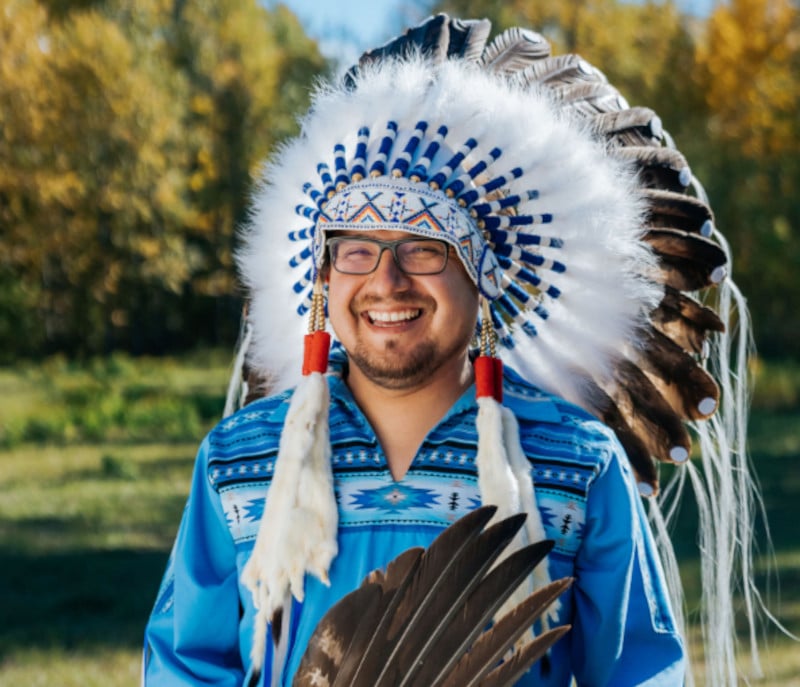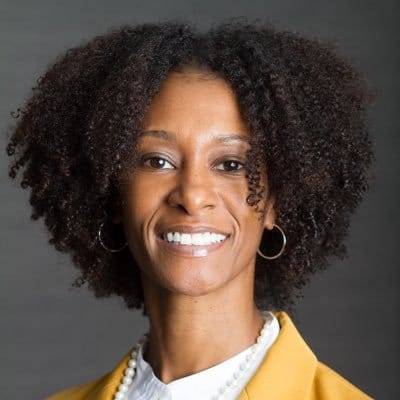Indigenous people yearn to farm, and while some are making strides, others are still searching.
For Indigenous people, land has always been a constant in their lives and culture. Before Europeans arrived in what is now North America, many Indigenous people roamed hunting, gathering, and caring for the land that gave them so much. As settlers moved in, Indigenous people worked to pivot and establish themselves as farmers, but obstacles were often in their way. However, many are now looking for ways to return to caring for that land as their ancestors did before them.
Britain began acquiring land in the 1600s and European settlers moved onto what would one day become Canada. Agreements between the Crown and the Indigenous people who lived on the land were put in place, both verbal and written. These agreements were called treaties and set out how people in the regions would live together, and provided compensation for Indigenous people including land and supplies.
“The government — the Crown — said they would help us become farmers. And the leaders back then knew the buffalo were dwindling and they had to act. They had to make some level of partnership, and back then we didn’t necessarily have oil and gas. We didn’t have casinos, we didn’t have hotels, but we needed to adapt the prairies and become partners in its development. And so, agriculture obviously would be the natural thing,” Former Enoch Chief Billy Morin said during a presentation at the International Federation of Agricultural Journalists (IFAJ) Congress on July 1, 2023.

Agriculture did work out in some ways for Indigenous people. On Morin’s own Nation, Enoch located near Edmonton, Alta., his great-great-grandparents farmed. They grew crops such as wheat and barley along with potatoes and turnips, working hard to try and make a go of it, Morin explained.
However, farming didn’t last long for the residents of Enoch or many other Indigenous groups across the Prairies. During the early 1900s the government took the land they had promised to Indigenous people across Western Canada, giving it to European settlers to farm, Morin says. Enoch lost half of its land base because of this. Many Nations across the Prairies fared the same with their treaty promised land taken from them.
“Back then, we lost over probably half our land base, probably a third of the city of Edmonton is now on our former land base. Generating a GDP which is unimaginable quite frankly in the context of a small Indian Nation,” he added. “That’s prime farmland, you took away over half of our reserve farmland, and you expect us to be self-sufficient?”
Nations like Enoch were governed through numerous policies over the years, including having Indian Agents sign off for them to leave reserves. If they did manage to grow any commodities or raise livestock, the Indian Agent would take over and sell them, not the Indigenous people who had produced or raised the commodity. Promises were half kept in terms of the commodities they received, such as when Indigenous people were given sick and unhealthy cattle to raise.
“They’re really trying to design us to, I would say starve us out, and actually not really help us engage in transitioning to be real treaty partners and really independent people,” Morin said.
Dark years continued with practices such as the residential school system, where Indigenous children were forcefully taken from their homes to attend boarding “schools” where their culture and heritage was taken from them. As the second half of 20th century dawned, some things did start looking up for Indigenous people.
On Enoch, the Nation cashed in on the Alberta oil boom generating money through drilling and oil sales. Through the 1980s and 1990s, Nations started opening casinos with Enoch itself now owning the largest casino in Western Canada.
“We weren’t farming as much as we wanted to be anymore. We started transitioning to other sectors for our small community,” Morin said. The Nation currently leases out all its farmland to non-Indigenous people to farm.
Some Indigenous Nations are working their own land though. On Mistawasis Nêhiyawak, near Prince Albert, Sask. they have embarked on a Living Labs project titled ‘The Bridge to Land Water Sky’ with Muskeg Lake Cree Nation. The project is receiving funds from the federal government and seeks to find ways to reduce greenhouse gas emissions and strengthen climate resiliency in the agriculture sector, while reconnecting Indigenous people with their land.
“When my ancestors selected reserve land, they knew that agriculture was coming. So, as you can see, they selected land with agricultural potential,” Anthony Blair Dreaver Johnston, special advisor to Mistawasis Nêhiyawak, explained during the IFAJ presentation.
The Living Labs project is entering its second year and is the only Indigenous led Living Lab. The project runs for five years and is trying to reimagine a farming system where farmers and Indigenous people work towards a common goal of improved livelihoods and productive, biodiverse, climate-resilient farmlands. A news release on the project noted that thousands of acres of Band-managed reserve lands are farmed by non-Indigenous grain producers. This project aims to restore marginal and unproductive lands on and off the reserve into productive rangelands. Livestock management practices that maximize carbon storage are being tested with the future goal to create spaces for reintroducing bison.

“We have not lived with Brother Buffalo for over 200 years. So, we have a lot of learning to do, and we deployed our young people to learn the landscape that that particular herd calls home because it’s similar landscape to Mistawasis. So that when we return buffalo to Mistawasis lands, will have the young people that have required some understanding, some knowledge, some respect for Brother Buffalo,” Dreaver Johnston said.
Other Nations are still working to find a balance for their members who want to farm. On Siksika Nation near Calgary, Alta. they have 180,000 acres of land with most of it being cultivated land and grasslands.
In the 1960s, Siksika Nation was home to approximately 80 ranches and 40 farmers, Carlon Bigsnake shares during the IFAJ Congress presentation. He said one day the government came to them and said that they didn’t need to farm or ranch anymore and instead the government would provide relief for them — through social assistance welfare. Most of the farmers and ranchers followed the government direction, with Siksika now only having a few farms and ranches left.
Bigsnake’s family was one of the few who continued to ranch. He grew up farming and as an adult he worked for his Nation’s development arm SRDL Business Group. Through his work for the Nation, he developed agricultural business opportunities for them such as starting mint production on their irrigated land.
“I had to bring people internationally from Italy. And they heard our situation. And we got a partnership with them to grow mint,” Bigsnake said during the IFAJ Congress presentation.
At first, he faced reluctance from his Nation to switch from growing more traditional prairie crops such as wheat and barley, but eventually they signed on. From there Bigsnake said he received pushback at the government level. He was sent a letter stating it was illegal for them to sell commodities without going through an Indian Agent.
“My neighbour members say ‘Carlon, you gotta stop this.’ I say ‘Why? It’s our right to do this. Let’s move forward, I’ll take responsibility for this, I’ll go to jail for you guys.’ That was in 1994, and today I haven’t gotten a mug shot yet,” he explained. “I know that it’s growing and continues to expand. And I’m very proud of that. We continue to export that from the cattle industry as well.”
On Enoch, Morin has had young people in the community approach him stating they want to farm. While Morin isn’t working in agriculture himself, he does run a consultancy business and has been helping to set up Indigenous business ventures. Morin sees opportunities for agriculture businesses and those working in agriculture to partner with Indigenous communities.
“There’s no shortage of opportunities,” Morin says. “I think the true challenge right now still is that capacity. I don’t have a lot of agricultural engineers that are Indigenous… we have so many young people that want to get involved in ag, but we don’t know how.”
He adds that they have a huge talent pool that want to become involved in food sovereignty in agriculture.













